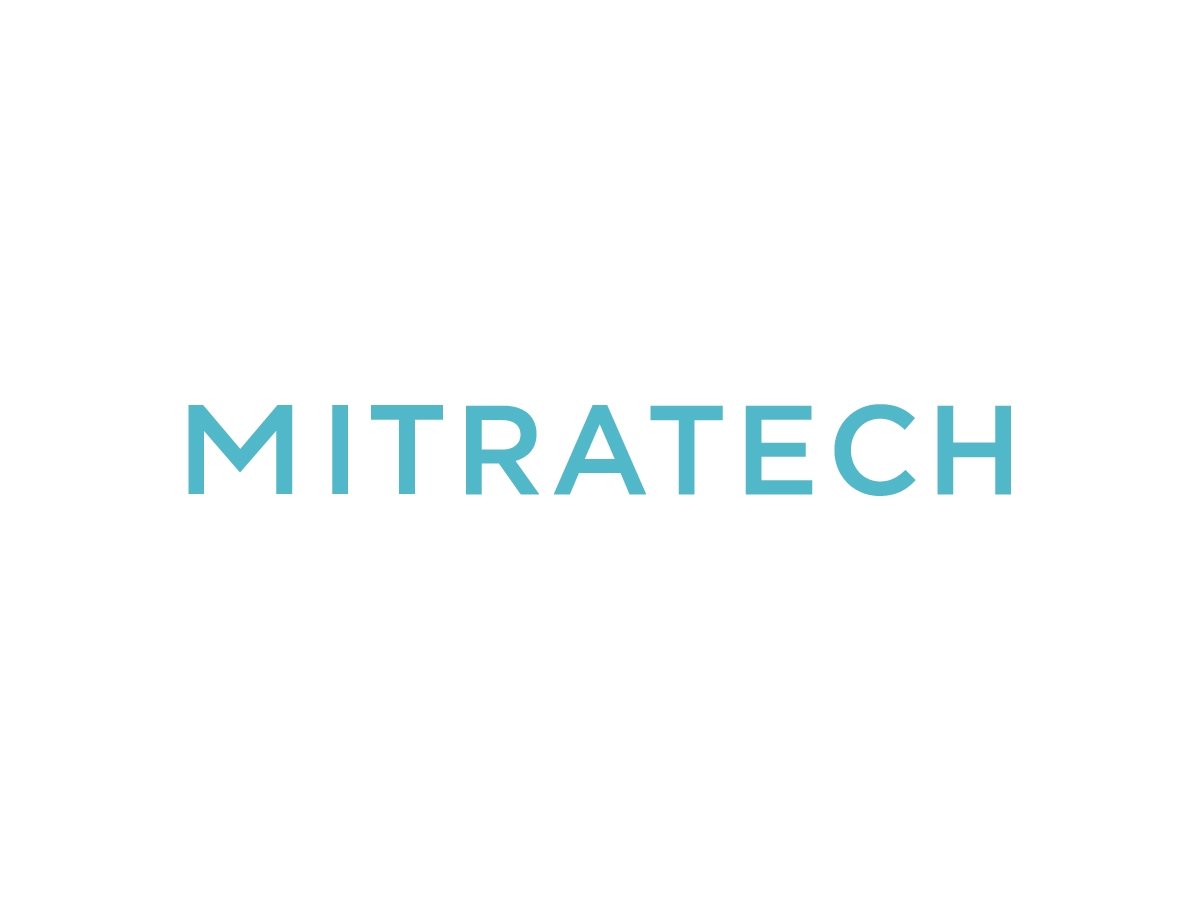AI Research
SuperB AI Drives K-Physical AI Innovation at LG AI Research Consortium – CHOSUNBIZ – Chosunbiz

AI Research
Accelerating scientific discovery with AI-powered empirical software

How it works
The input to our system is a scorable task, which includes a problem description, a scoring metric, and data suitable for training, validation, and evaluation. A user can also provide context, such as ideas from external literature, or directives for methodologies to prioritize.
The system then generates research ideas, including programmatic reproduction, optimization, and recombination of known methods, leading to novel and highly performant approaches. Ideas are implemented as executable code and the system uses a tree search strategy with an upper confidence bound (inspired by AlphaZero) to create a tree of software candidates and decide which candidates warrant further exploration. It then uses an LLM to rewrite the code to attempt to improve its quality score, and can exhaustively and tirelessly carry out solution searches at an unprecedented scale, identifying high-quality solutions quickly, reducing exploration time from months to hours or days. Its outputs, as coded solutions, are verifiable, interpretable and reproducible.
AI Research
California cities turn to AI to streamline permitting

Two California cities announced within days of each other they are turning to two different artificial intelligence-driven tools to streamline and speed up their building permit applications and processing.
Lancaster, a city of just over 170,000 people near Los Angeles, announced last week it has partnered with AI regulatory tech company Labrynth to prescreen, validate and optimize permit applications before they are submitted. The city and company said that means fewer errors, less back-and-forth between an applicant and the government, and approval times reduced from months to days.
Separately, San Jose announced its own effort to use AI to streamline permitting accessory dwelling units with what it calls a “pre-check” feature to flag missing or incomplete information before building plans are submitted. Initially, the city said it has turned to AI permit software CivCheck for this pilot program, and may turn to others in the future as the effort expands.
“It’s time to bring permitting into the 21st century,” San Jose Mayor Matt Mahan said in a statement. “Our residents and our city planners need to be able to move faster and build better.”
California’s building and housing codes, as well as its permitting and regulatory landscape, are “notoriously complex,” Lancaster Mayor Rex Parris said in an email. That can be frustrating for permit applicants, who may struggle to get approvals for new buildings or additions due to the complexity of the applications they must fill out, and see their approvals take months or even years. The latter is especially troubling given the state’s housing crisis.
AI can help make some of that easier, however. Labrynth CEO Stuart Lacey said in an interview that deterministic AI can be trained very carefully with rules, rights, precedent and regulations.
“We can consume thousands of pages of information in minutes, and the model can learn probably better than a human could ever recall all those requirements,” Lacey said.
That then eases the administrative burden on staff in both cities, as well as developers looking to get projects off the ground. Chris Burton, director of San Jose’s Planning, Building and Code Enforcement Department, said in a statement the city is “dedicated to taking any guesswork out of the permitting process, helping builders and residents move quickly with clarity and confidence.”
But that does not mean that humans will be cut out of the permitting process entirely, as some have worried following the onset of agentic AI. But Parris said keeping the human in the loop is “foundational.”
“It’s not about automating decision-making,” he said. “It’s about augmenting better decisions, faster. Our city staff still sign off on every permit. But instead of spending hours flagging incomplete applications, they get structured submissions that are AI-assisted and city-tuned. We’re not replacing planners. We’re giving them a better starting point and a smarter toolkit. Lancaster believes AI means Augmented Intelligence not Artificial Intelligence.”
Lacey said he anticipates Labrynth to have the “lightest possible touch integration,” and be a “bridge” between a city’s application process and the applicant. As the technology knows what to look for in a successful application and where the gaps are, it will make it easier to have applicants go back and make amendments, then have the city validate their work.
“Effectively it means that someone before applying would go through the Labrynth application, the outcome of that is a higher, pre-validated, scored, ideal application. When the city gets it, and it’s got a Labrynth logo in it, they’re going to have the validation report and they’re going to know that it meets almost every one of their requirements, which means they can now move it straight through processing, review, oversight and a risk-graded, great process.”
Both cities anticipate their partnerships expanding as they look to further utilize AI for permitting. If this pilot is successful, San Jose said its customer readiness AI tool could be extended to permitting for single-family homes in the future. That would be especially useful in the wake of the kinds of wildfires that have ravaged California in recent years. Parris said he expects a similar expansion in time.
“We’re starting with permitting because it’s a pressure point,” he said. “Often the difference between success and failure is the time it takes to get permitted. And we see this expanding into zoning workflows, CEQA documentation, housing development pipelines; anywhere California’s regulatory complexity slows down good projects. This could serve as a model for regional collaboration where cities and counties share best practices through a unified framework, not siloed systems.”
Other cities in California may be tempted to follow suit, and Parris said they should not wait to do so.
“Treat permitting not just as paperwork but as a civic experience,” he said. “The frustration people feel with delays and opacity doesn’t just cost time. It erodes trust. California cities are being asked to do more with less, under intense scrutiny. My advice? Don’t wait for Sacramento to fix it. Partner locally, deploy ethically, and show your community that you’re serious about solving real problems with real tools. Lancaster didn’t wait and we’re already seeing what’s possible.”
AI Research
How HR Can Lead AI Without Losing the Human Touch | Mitratech Holdings, Inc

AI is moving quickly into HR, and the most trusted innovators are keeping people in the process. Human-in-the-Loop (HITL) has become a defining feature of their success.
At SHRM 2025, a packed room of HR leaders gathered for a session titled Compliance, Chaos, and Collaboration: What We Learned from Building HR AI Tools with Humans in the Loop. Led by Susan Anderson and Aimee Pedretti, two of Mitratech’s own HR and compliance experts, the session tackled how to bring artificial intelligence (AI) into HR workflows in a way that’s ethical, effective, and above all, human-centered.
AI promises transformative potential for HR, but only if it’s designed and deployed with intention. Take, for example, a company that rolls out new AI recruiting tools at speed but fails to train hiring managers on how to spot ethical or bias-related issues. Without that guidance, the risks grow quickly. By contrast, leading HR innovators take a Human-in-the-Loop (HITL) approach, embedding HR professionals to test AI tools against clear, internally defined standards before they ever reach full rollout. This keeps human values at the heart of innovation while building trust, transparency, and accountability.
HR at the Crossroads of AI and Accountability
Across every industry, organizations are racing to adopt AI tools that promise speed, scale, and savings. HR is no exception. From screening resumes and drafting policies to answering compliance questions in real-time, generative AI is reshaping how work gets done.
But for all the excitement, there’s a real undercurrent of concern. Trust in AI remains low, and not without reason. When designed without the right guardrails, AI tools can amplify bias, make decisions without context, and erode employee trust. That’s why it’s critical to build responsible AI, by design, with trusted data sources, clear scope, and intentional bias checks baked in from the start.
Susan and Aimee highlighted a core tension HR leaders face: enabling rapid AI-driven transformation while remaining accountable for compliance, fairness, and transparency. This balancing act requires both speed and thoughtfulness to navigate responsibly.
What is Human-in-the-Loop (HITL)?
Human-in-the-Loop, or HITL, is an approach to AI development and deployment that keeps people, real, trained, accountable humans, integrated at key points in the process. Instead of treating AI as a “set it and forget it” tool, HITL ensures that humans are part of:
- Training the model with accurate, relevant inputs
- Reviewing outputs for quality, bias, and accuracy
- Deciding when and how AI should be used in real workflows
For HR and compliance teams, this approach is essential. HITL acknowledges that AI can be a powerful accelerator, but only when paired with human judgment, context, and oversight.
Why HR Leaders Should Pay Attention to Human-in-the-Loop (HITL)
As Susan Anderson shared, “Even after years of using these tools, they’re still flawed. To counteract that, you have to have humans in the loop.”
HR leaders don’t need to be data scientists, but they do need to be strategic, ethical stewards of AI’s role in HR, guiding how these tools are introduced and used to benefit employees and organizations alike.
HITL is more than a technical framework; it’s a mindset that puts people at the center of AI-powered decisions.
- Next Up in the Series: Five hard-earned lessons from building AI tools with HITL frameworks
- Then: Why critical thinking is the most important skill for the AI-powered workplace
[View source.]
-

 Business2 weeks ago
Business2 weeks agoThe Guardian view on Trump and the Fed: independence is no substitute for accountability | Editorial
-
Tools & Platforms4 weeks ago
Building Trust in Military AI Starts with Opening the Black Box – War on the Rocks
-

 Ethics & Policy1 month ago
Ethics & Policy1 month agoSDAIA Supports Saudi Arabia’s Leadership in Shaping Global AI Ethics, Policy, and Research – وكالة الأنباء السعودية
-

 Events & Conferences4 months ago
Events & Conferences4 months agoJourney to 1000 models: Scaling Instagram’s recommendation system
-

 Jobs & Careers2 months ago
Jobs & Careers2 months agoMumbai-based Perplexity Alternative Has 60k+ Users Without Funding
-

 Education2 months ago
Education2 months agoVEX Robotics launches AI-powered classroom robotics system
-

 Podcasts & Talks2 months ago
Podcasts & Talks2 months agoHappy 4th of July! 🎆 Made with Veo 3 in Gemini
-

 Education2 months ago
Education2 months agoMacron says UK and France have duty to tackle illegal migration ‘with humanity, solidarity and firmness’ – UK politics live | Politics
-

 Funding & Business2 months ago
Funding & Business2 months agoKayak and Expedia race to build AI travel agents that turn social posts into itineraries
-

 Podcasts & Talks2 months ago
Podcasts & Talks2 months agoOpenAI 🤝 @teamganassi

